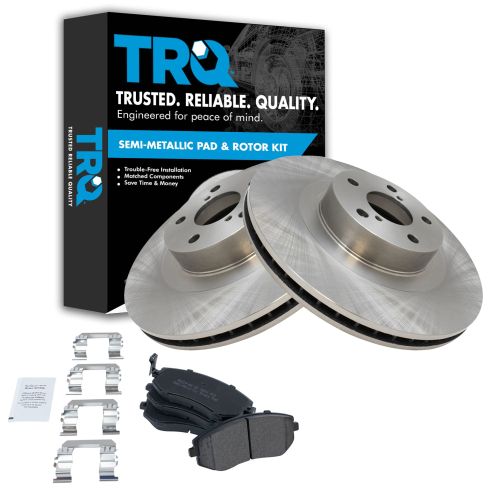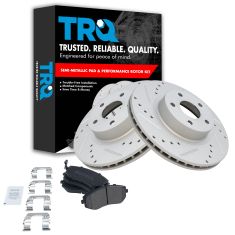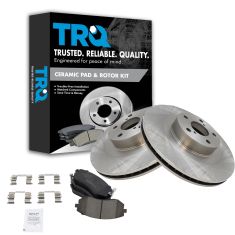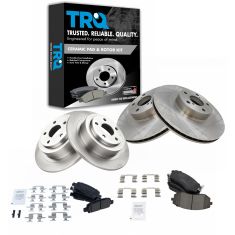1ABFS01153-Subaru Saab Front Semi-Metallic Brake Pad & Rotor Kit TRQ BKA11031

Replaces
2002 Subaru Legacy GT Front Semi-Metallic Brake Pad & Rotor Kit TRQ BKA11031

Product Reviews
Loading reviews
4.71/ 5.0
7
7 reviews
Great parts.
July 23, 2018
Have been coming to this website for parts for a couple years. Parts prices are unbelievably good, quality is great.
Never been failed. Great service. 5/5
Great replacements
November 30, 2020
Great replacement for the dealer version. Break in instructions are easy to follow.
April 22, 2022
These were installed & its too early to rate
2006 Subaru front brake pads and rotors
December 5, 2022
2006 Subaru front brake pads and rotors - Good price, fast shipping, all the parts that were needed were in the box, which made the job easy, would buy from again! Happy, happy, happy!
Fast delivery and great product
August 22, 2023
Easy, install
Perfect fit
January 9, 2024
Perfect fit for 2006 Subaru Forester X Limited, came with brake pad hardware and grease. Installation video helps those who are doing it for the first time or with limited experience.
Awesome brakes
September 4, 2024
The brake pads and rotors fit perfectly no problems whatsoever good quality. They look great and work perfectly.
Customer Q&A
No questions have been asked about this item.
Subaru is a registered trademark of Fuji Heavy Industries Co., Ltd. 1A Auto is not affiliated with or sponsored by Subaru or Fuji Heavy Industries Co., Ltd.
See all trademarks.














